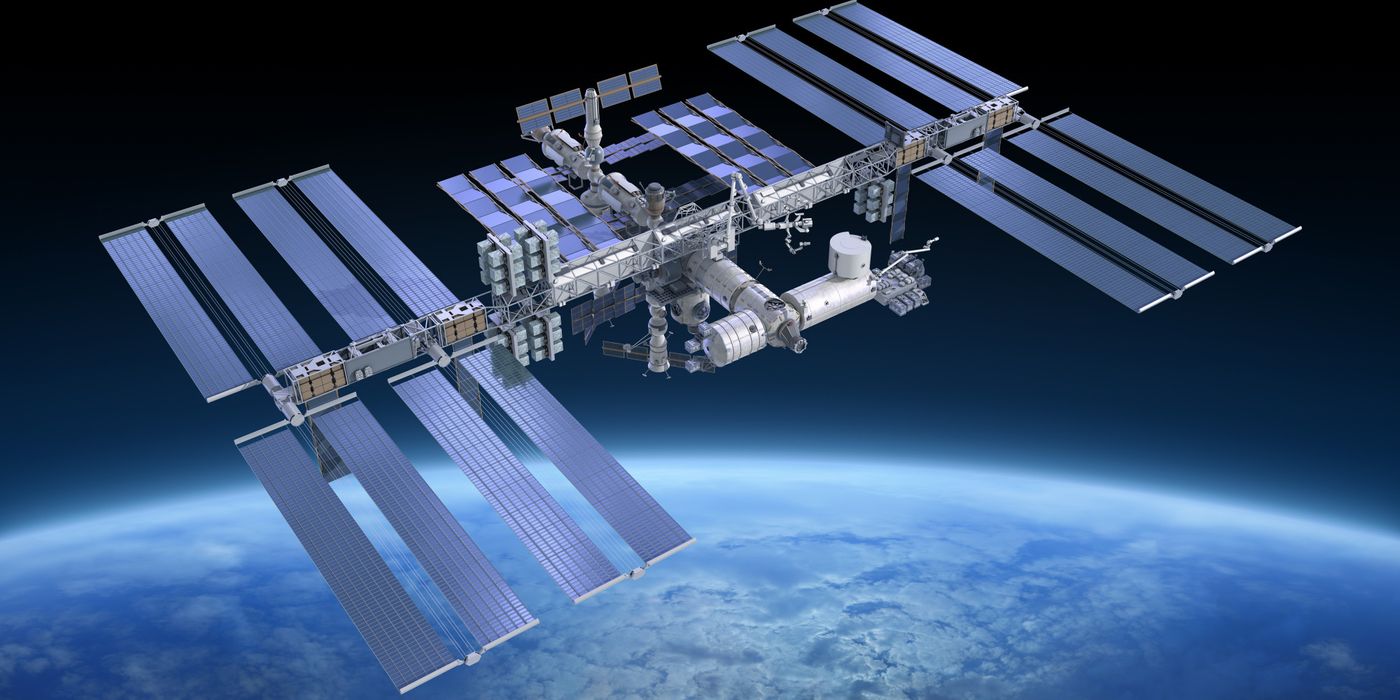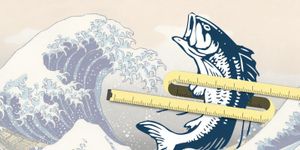ISS Receives Supplies Following Recent Spacewalk
Following a recent spacewalk mission that was intended to fix the ‘mobile transporter’ system aboard the International Space Station earlier this week when a brake handle got stuck and made it so a rail car aboard the International Space Station couldn’t move where it needed to, repairs were officially put to the test on Wednesday.

Wednesday morning, the Progress 62 spacecraft, which was launched by a Russian rocket from the Baikonur Cosmodrome in Kazakhstan two days ago, made it to the International Space Station with a fresh delivery of supplies at 10:27 GMT, just in time for the holidays.
Aboard the spacecraft are nearly 5,500 pounds of food, water, oxygen, and other necessities that are required for the astronauts to stay aboard the International Space Station for long periods of time. Supply trips take place relatively often to maintain living conditions in space; rockets don’t always make it, but when they do, it’s a sigh of relief for everyone on board the International Space Station.
Before the new supplies that arrived on Wednesday can be loaded onto the International Space Station, the team aboard the International Space Station will have to check the seals to ensure that supplying the International Space Station won’t compromise the system’s pressurized air supply, allowing it to leak into the vacuum of space. Only when the seal tests pass will the doors open.
Currently aboard the International Space Station are NASA’s Scott Kelly and Tim Kopra, ESA’s Tim Peake, and Rocsosmos’ Yuri Malenchenko, Mikhail Kornienko, and Sergey Volkov. Kopra, Malenchenko, and Peake all just recently arrived at the International Space Station by way of a Russian Soyuz spacecraft, replacing United States’ Kjell Lindgren, Russia’s Oleg Kononenko, and Japan’s Kimiya Yui.
Aboard the International Space Station, and now replenished with important supplies, the astronauts will continue performing experiments that will help us better understand how space works and help us better prepare for deep space travel missions, such as that of putting people on Mars, which NASA noted earlier this year that it had interest in doing.
Source: BBC








